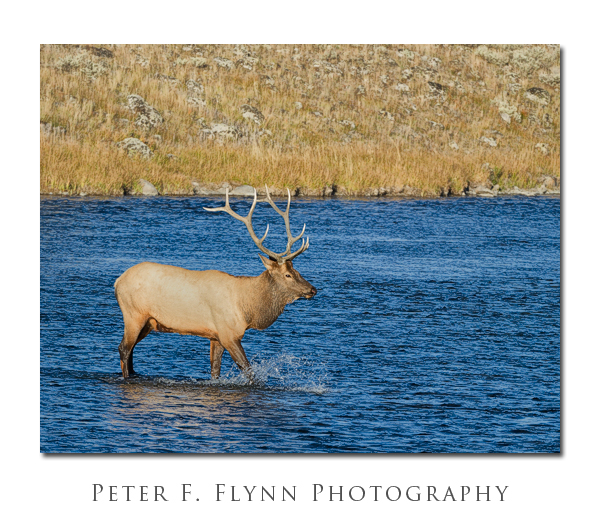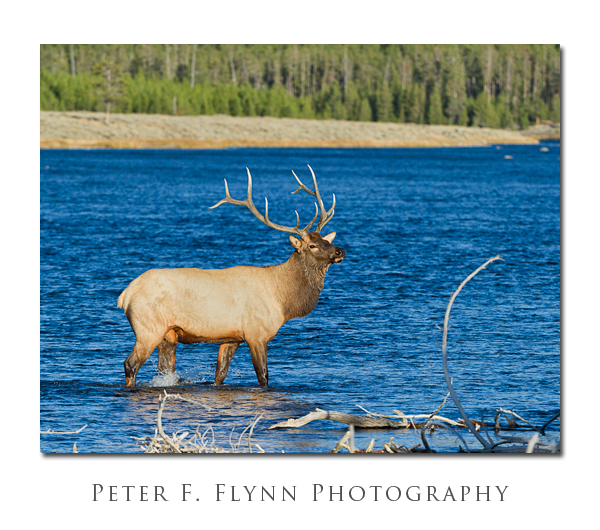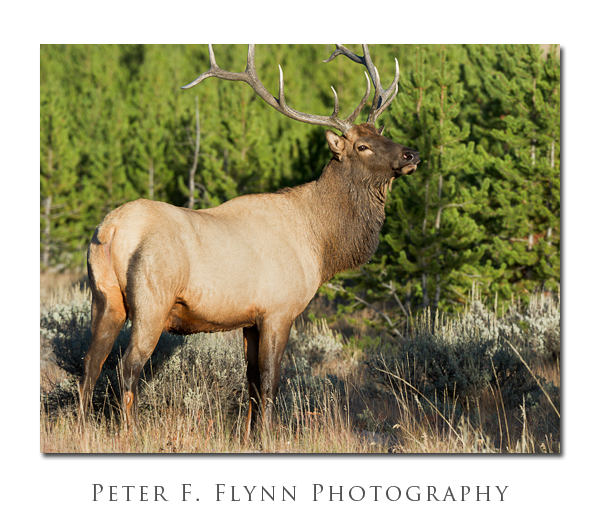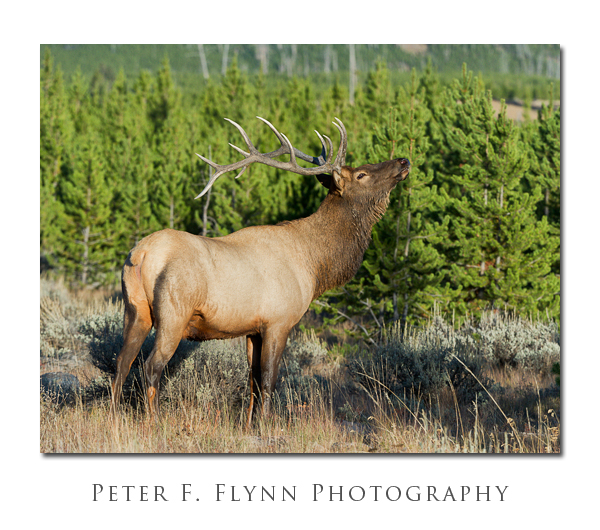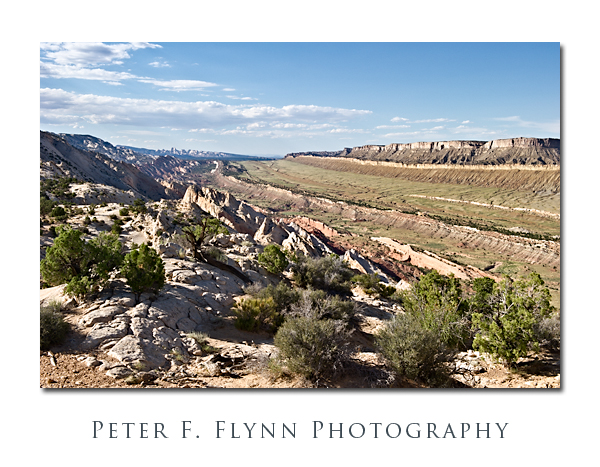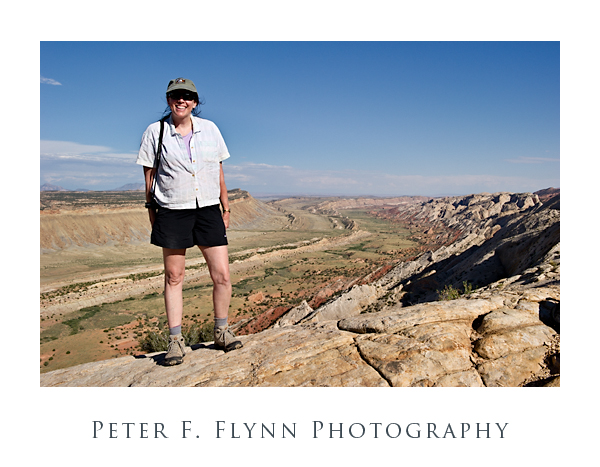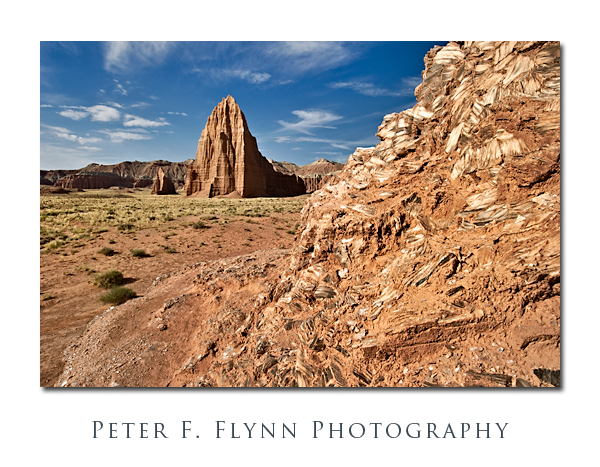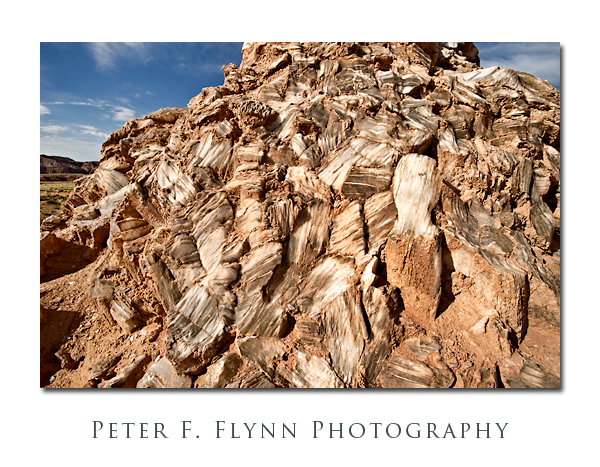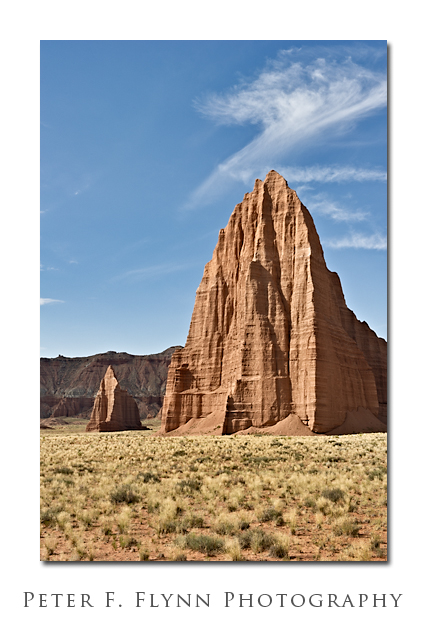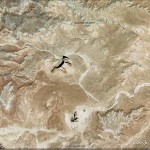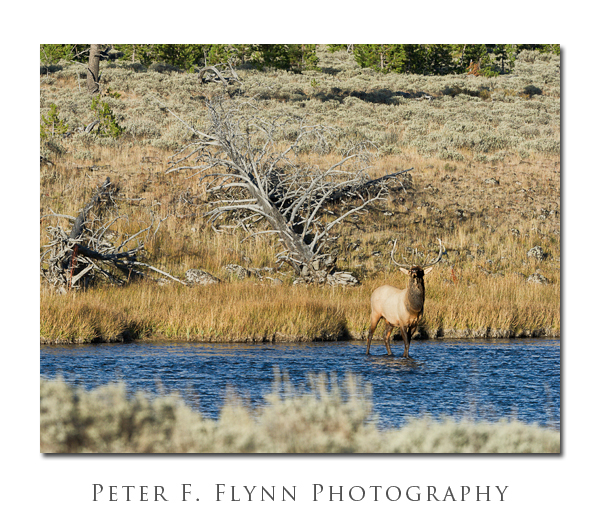 The Madison River is born at the confluence of the Gibbon and Firehole Rivers near the Madison Junction in Yellowstone National Park. From Madison Junction, the Madison flows westward to the park boundary, and then northwesterly into the Madison Valley at the Wyoming/Montana state boundary. The River widens and becomes shallow near the West Entrance, allowing wildlife to cross relatively easily.
The Madison River is born at the confluence of the Gibbon and Firehole Rivers near the Madison Junction in Yellowstone National Park. From Madison Junction, the Madison flows westward to the park boundary, and then northwesterly into the Madison Valley at the Wyoming/Montana state boundary. The River widens and becomes shallow near the West Entrance, allowing wildlife to cross relatively easily.
In our experience, the most effective way to observe wildlife in Yellowstone NP is to keep moving. Others may have equally good strategies, but this traveling thing seems to work pretty well. On a late afternoon excursion to the West Entrance, we happened upon this magnificent bull Elk strolling across the Madison River at a point somewhere between the most western of the picnic areas and the West Entrance gate.
By the time the Elk had crossed the Madison River, there were dozens of cars lining the roadway watching. For its part, the big bull maintained his dignity and level best to ignore the imposing Human. The final images, above and below, show the spirit of this awesome creature, proud and strong in the failing autumn light.
Images in this entry were recorded on September 20, 2010, at around 18:30 MDT, using the Nikon D3s and the AF-S VR Zoom-NIKKOR 200-400mm f/4G IF-ED lens at 400mm. Exposures were all at f/8 with shutter speeds around 1/1600s (+0.33 EV), ISO at 1250.
Images were processed using a combination of Photoshop and 2nd-Vendor utilities, including Photokit Sharpener, and the Nik Suite. Viveza 2 was used to adjust brightness/contrast/local-contrast. Color Efex Pro 3 was used to employ adjustable vignetting to emphasize the central subject.
Copyright 2011 Peter F. Flynn. No usage permitted without prior written consent. All rights reserved.
